If you think about it, referring to the garden as a neighborhood isn’t so strange. A diverse grouping of flowers, vegetables, herbs, and fruits creates a mini ecosystem where bees, butterflies, hummingbirds, and beetles spread pollen, enrich the soil, and build a community where everything can flourish and grow. And if you enjoy sage as a part of that garden community, you’ll want to know about these sage companion plants.
Companion planting is the practice of sowing different plants in close proximity to one another so they can all enjoy the benefits of a mutually beneficial relationship. The most famous companion planting group is probably corn, beans, and squash. The corn grows tall, giving the beans a structure to climb. In turn, the bean vines help support the cornstalks. Beans also fix nitrogen in the soil, benefiting both the corn and the squash. And the squash spreads its leaves, shading out weeds and acting similar to mulch in keeping the soil cool and moist.
That’s the idea behind companion planting. It’s truly a “neighborhood” where everyone helps each other out. And sage is a great neighbor to a number of plants. But like human neighbors, some sage companion plants are better than others. Here’s a look at 10 we love growing in the garden.
The 10 sage companion plants you need in your garden
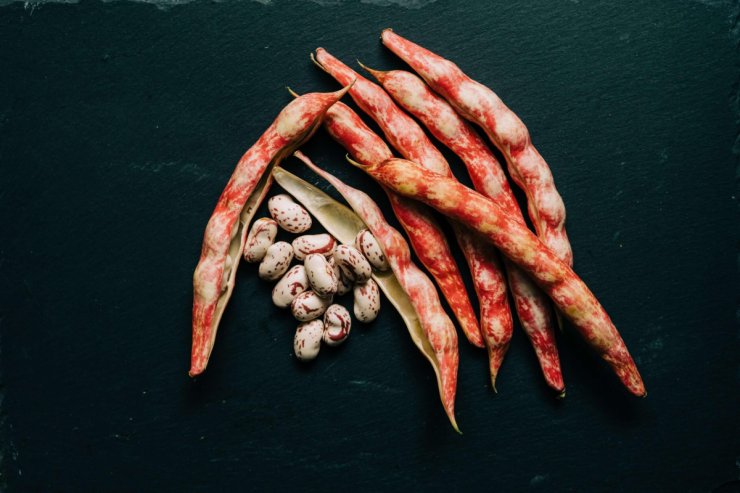
1. Beans: Sage likes nitrogen-rich soil. For that reason, beans make excellent sage companion plants.
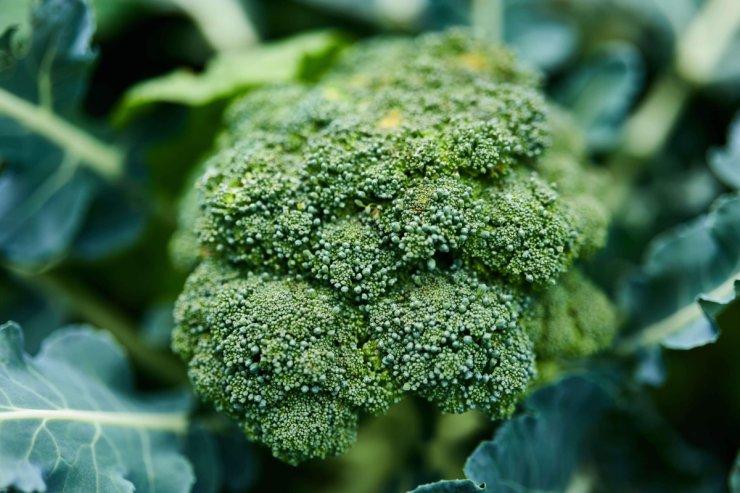
2. Broccoli: As sage companion plants go, broccoli is that neighbor you enjoy hanging out with. You like the same sports team, and your kids go to the same school. He won’t help you paint your house, but he’s good company while you’re doing the work. Similarly, broccoli and sage enjoy many of the same environmental conditions–plenty of sunshine and nutrient-rich soil. Broccoli may get the slightly better end of the deal, though, as sage deters several harmful broccoli pests, like the cabbage moth.
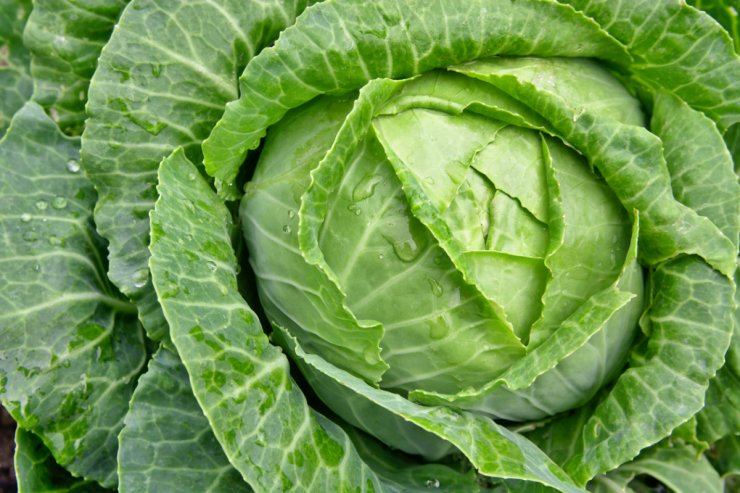
3. Cabbage: Sage and cabbage both appreciate a day in the sunshine. And with its low profile, cabbage won’t shade sage. To return the favor, sage helps deter the cabbage moth, as well as several other cabbage pests.
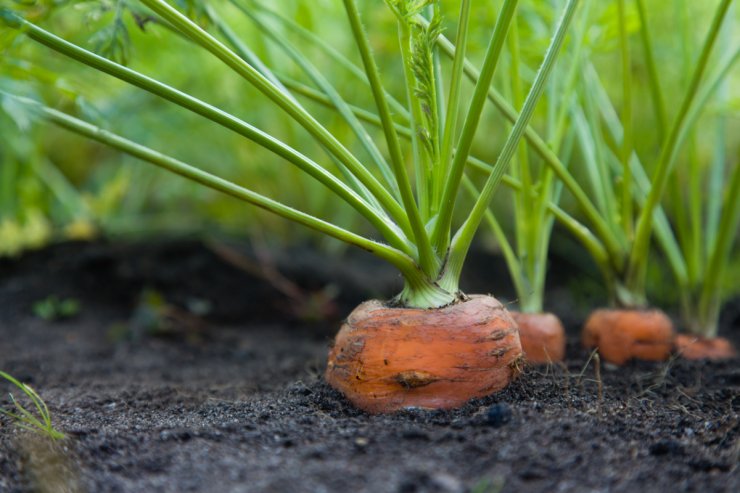
4. Carrots: Sage and carrots are true garden buddies. Sage deters carrot flies. In return, carrots help keep the soil loose and well-drained, so sage roots don’t get waterlogged.
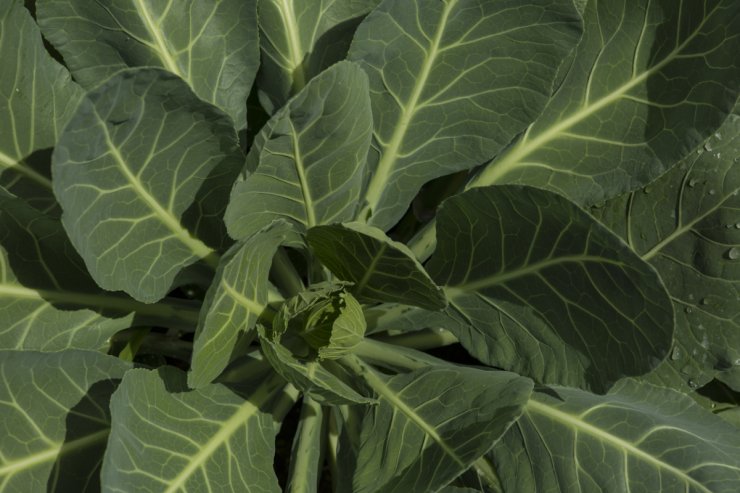
5. Collard Greens: As a member of the brassica family, collard greens are susceptible to several pests that sage is known to deter. Neither cabbage moths nor flea beetles like the strong scent of sage, and it’s reported that rabbits will also stay away from sage, potentially keeping away from your collards, as well.
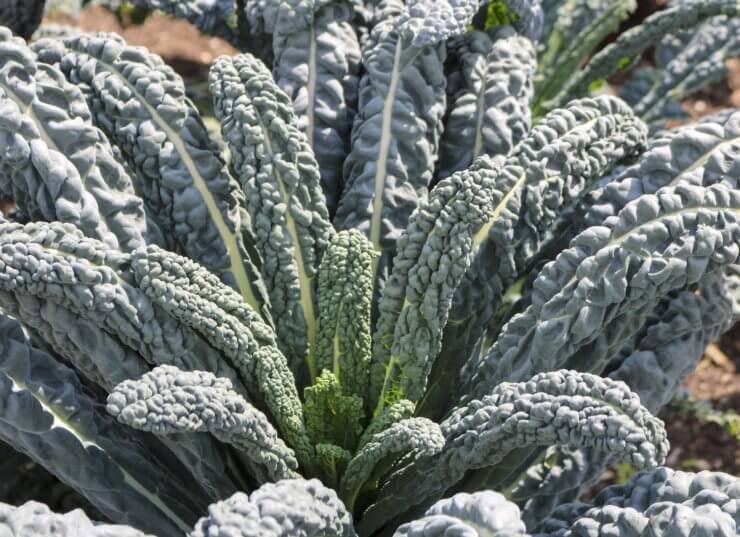
6. Kale: Sage helps repel a number of pests that attack kale, such as the cabbage looper and the flea beetle.
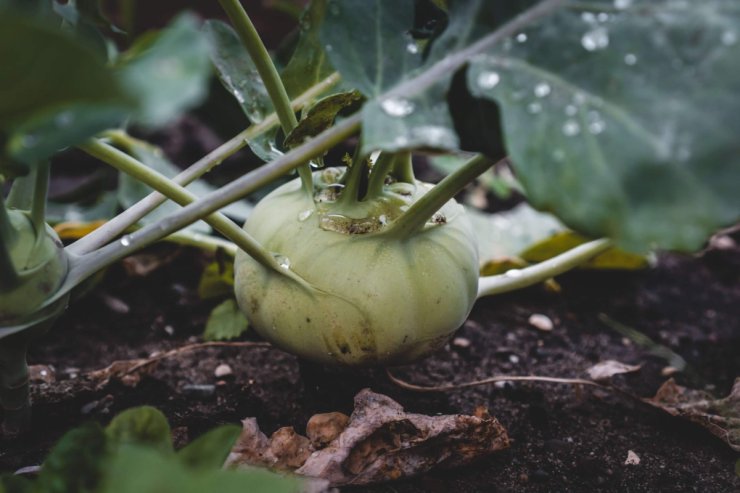
7. Kohlrabi: Like carrots, kohlrabi spreads its roots deep into the soil, making space for water to drain. That gives sage a nice well-drained space to thrive. Meanwhile, sage helps repel some of the pests that like to feed on kohlrabi, like cutworms and aphids.
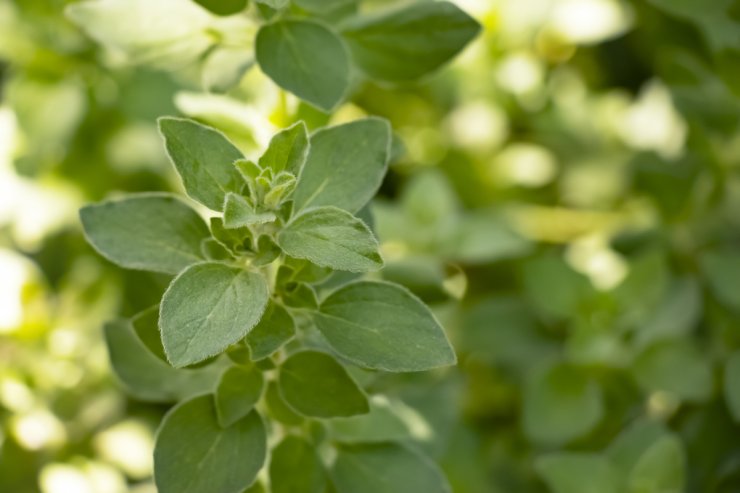
8. Oregano: Since oregano and sage appreciate the same conditions in the garden, they make great companions.
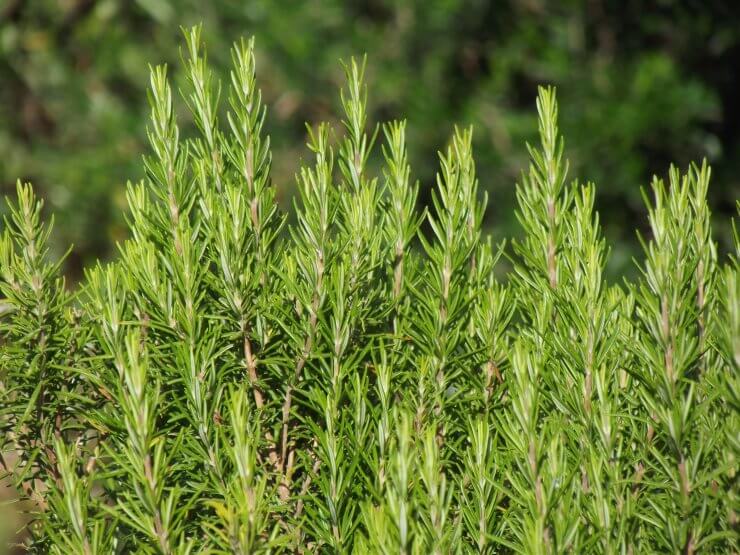
9. Rosemary: Sage and rosemary are a power couple. They both like plenty of sun and well-drained soil. Both of them are excellent at repelling a number of harmful garden pests. They attract beneficial pollinators when they bloom. And they are a dream team in the kitchen!
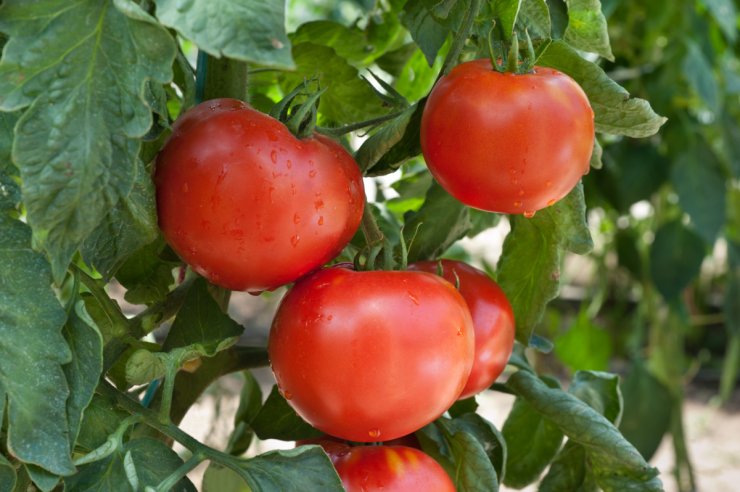
10. Tomatoes: In the kitchen, tomatoes are arguably one of the best sage companion plants. You can’t go wrong with homemade grilled pizza topped with tomatoes and sage. And out in the garden, sage can help repel harmful insects like the flea beetle, while the deep roots of tomatoes can pull moisture to the surface, helping keep your sage happy.
That’s a lot of sage! The good news is that sage is absolutely wonderful in the kitchen. You can harvest your sage as you need it, whether that’s a whole stem or one leaf. If you would like to dry your sage for future use, cut several stems and hang them upside down out of the sunlight. When dry, strip off the leaves and store in an airtight container.
The best part is that once you plant it, you don’t have to worry about running out of sage. Sage is a woody-stemmed perennial in USDA Plant Hardiness Zones 5 to 8, and in milder climates, you can harvest it year round. This shrubby plant spreads over the years, so, if well-tended, one plant will provide bountiful leaves for four to five years. Even if you don’t plan to harvest your sage, including it in your garden will benefit surrounding plants. Sage attracts beneficial insects, and its scent wards off many pests, including deer.
If you liked this article on Sage, we have a whole gardening guide on Sage that you will love. Check out The Ultimate Sage Guide: All You Need to Know About Growing, Harvesting, Cooking, and Healing with Aromatic Sage.


 Previous
Previous

